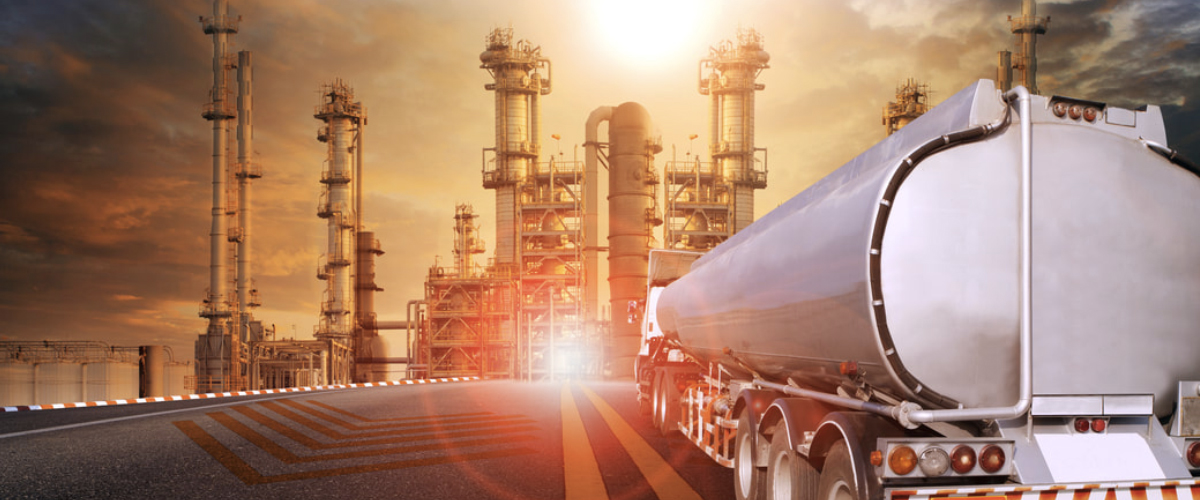Butane (C4)

Butane is typically either blended into gasoline or LPG (in small volumes) or sold directly as a finished product. When blending into gasoline, butane is favored for its high octane but limited by its high vapor pressure. Because of vapor pressure limits, butane blending into gasoline is often completely eliminated in warmer months of the year, resulting in a seasonal glut of butane.
As a commercial finished product, butane is used as a home heating fuel, as cigarette lighter fluid, as a refrigerant gas, and as a propellant, but all of these require in fairly small volumes.
Butane is also frequently converted into isobutane for use as an alkylation feedstock. It is sometimes used as a refinery fuel, but this is typically its lowest-value end use and avoided where possible.
Butane production
Butane comes from many different process units in the refinery, as well as from outside sources such as natural gas plants (from separating NGLs) and from steam crackers (in the C4 raffinate).
Major sources of butane inside the refinery include:
- Atmospheric distillation - All crude oil grades yield some amount of butane when distilled. Typically, butane leaves the distillation tower in a wet gas stream that is sent to the saturated gas plant for separation from lighter gases (methane and ethane) that are then used for fuel
- FCC - In the FCC conversion process, large amounts of C4s are produced, including both saturated butane and unsaturated butylene. Often the unsaturated olefins are separated for use as feed to the alkylation unit
- Coker - Similar to the FCC, the coker conversion process generates mixed C4s containing saturated and unsaturated molecules. However, it is less common for coker C4s to have their olefins separated out as the percentage of unsaturated molecules is lower than from the FCC
- Reformer - Reformers will yield approximately 5% (by volume) of C4s in the conversion process
Butane Specification
| CHARACTERISTICS | UNIT | VALUE | TEST METHOD |
|---|---|---|---|
| C3H8 and lighter | wt.% | 1.0 Max. | ASTM D2163 |
| C4H10 | wt.% | 98.0 Min. | ASTM D2163 |
| C5H12 and heavier | WT % | 1.0 Max. | ASTM D2163 |
| Sp. Gr.@(60 °F) | -- | To Be Reported | ASTM D2598 |
| Copper Corrosion | -- | 1 Max. | ASTM D1838 |
| Total Sulfur | ppm(wt.) | 30 Max. | ASTM D6667 |
| Hydrogen Sulfide | ppm(wt.) | Pass | ASTM D2420 |
| Vapor Press@(100 °F) | psig | 70 Max. | ASTM D2598 |















